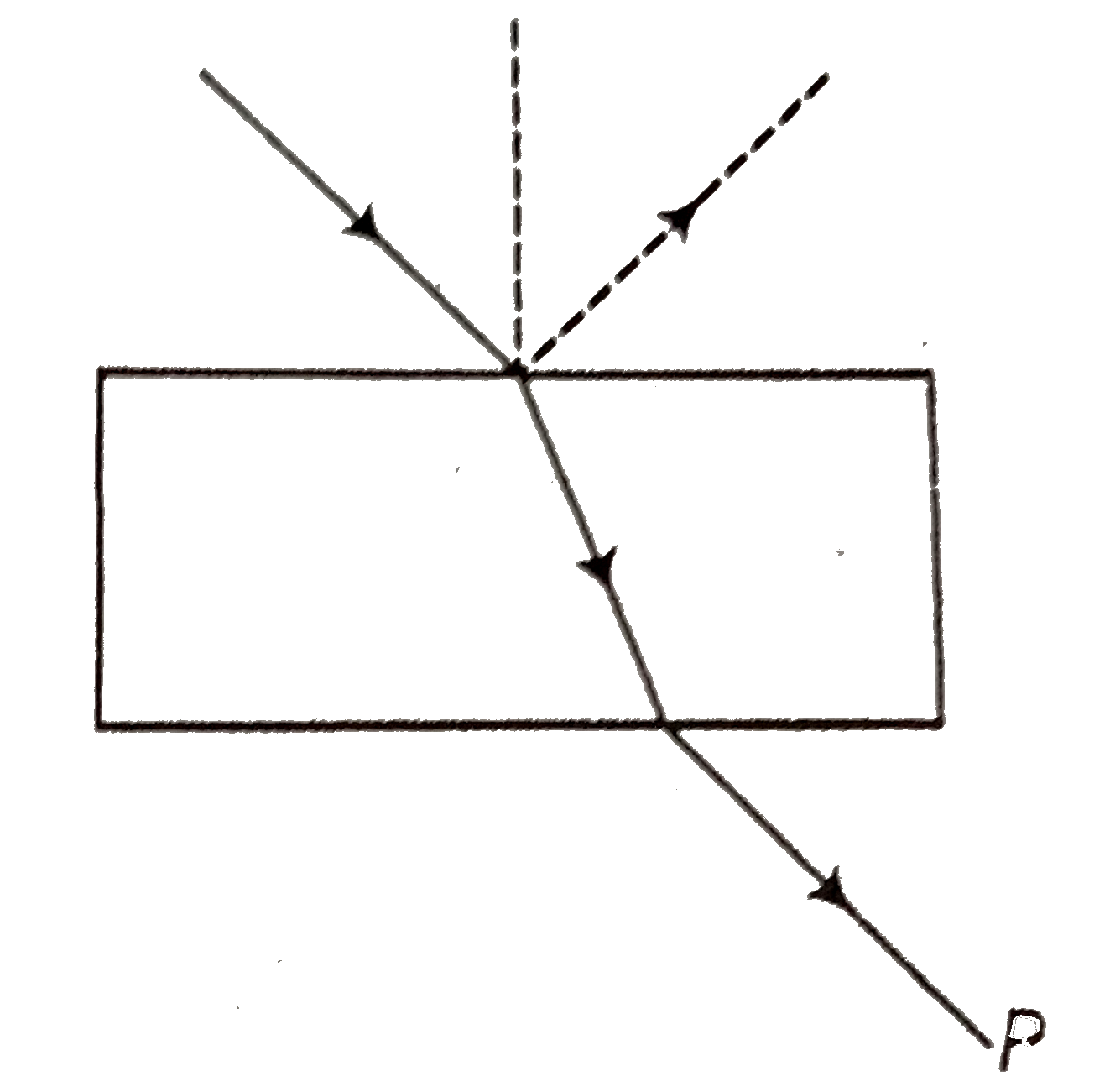When unpolarized light beam of incident from air onto glass (n=1.5) at the polarising angle:
Reflected beam is polarized 100 percent
Reflected and refracted beams are partially polarized
the reason for (A) is that almost all the light is reflected
All of the above.
The correct Answer is:A
Step by step video & image solution for When unpolarized light beam of incident from air onto glass (n=1.5) at the polarising angle: by Physics experts to help you in doubts & scoring excellent marks in Class 12 exams.
Updated on:21/07/2023Topper's Solved these Questions
- WAVE OPTICSBOOK - ALLENCHAPTER - WAVE OPTICSEXERCISE - Exercise 2 (Brain Teasures)
22 Videos
- WAVE OPTICSBOOK - ALLENCHAPTER - WAVE OPTICSEXERCISE - Exercise 3 (Miscellaneous type Questions)
27 Videos
- WAVE OPTICSBOOK - ALLENCHAPTER - WAVE OPTICSEXERCISE - Example 15
1 Videos
- UNIT & DIMENSIONS, BASIC MATHS AND VECTOR BOOK - ALLENCHAPTER - UNIT & DIMENSIONS, BASIC MATHS AND VECTOR EXERCISE - Exercise (J-A)
7 Videos
Similar Questions
Knowledge Check
When a light wave travels from air to glass :
Aits wavelength decreases.Bits wavelength increases.Cthere is no change in wavelength.Dits frequency decreases.Consider a light beam incident from air to a glass slab at Brewster's angle as shown in figure.
A polaroid is placed in the path of the emergent ray at point P and rotated about an axis passing through the centre and pependicular to the plane of the plaroid.
 AFor a paricular orientation there shall be darkness as observed through the polaroid.BThe intensity of light as seen through the polaroid shall be independent of the rotation.CThe intensity of light as seen through the polaroid shall go through a minimum but not zero for two orientations of the polaroid.DThe intensity of light as seen through the polaroid shall go through a minimum for four orientations of the polaroid.
AFor a paricular orientation there shall be darkness as observed through the polaroid.BThe intensity of light as seen through the polaroid shall be independent of the rotation.CThe intensity of light as seen through the polaroid shall go through a minimum but not zero for two orientations of the polaroid.DThe intensity of light as seen through the polaroid shall go through a minimum for four orientations of the polaroid.
A certain monochromatic light travelling in air is incident on a glass plate at a polarising angle. Angle of refraction in glass is found to be 32∘ Calculate :
(i) the polarising angle,
(ii) refractive index of glass.
View SolutionConsider a light beam incident from air to a glass slab at Brewster's angle as shown in figure.
A polaroid is placed in the path of the emergent ray at point P and rotated about an axis passing through the centre and pependicular to the plane of the polaroid.

View SolutionConsider a light beam incident from air to a glass slab at Brewster's angle as shown in figure.
A polaroid is placed in the path of the emergent ray at point P and rotated about an axis passing through the centre and pependicular to the plane of the plaroid.

View SolutionA ray of ordinary light is travelling in air. It is incident on air glass pair at a polarising angle of 56∘. Find the angle of refraction in glass.
View SolutionWhen light is incident from air to glass at an angle 57∘, the reflected beam is completely polarised. If the same beam is incident from water to glass, the angle of incidence at which reflected beam is completely polarised will be
View SolutionA : When an unpolarised light is incident on a glass plate at Brewster angle, the reflected ray and refracted ray are matually perpendicular.
R : The refractive index of glass is equal to sine of the angle of polarisation.
View Solution
